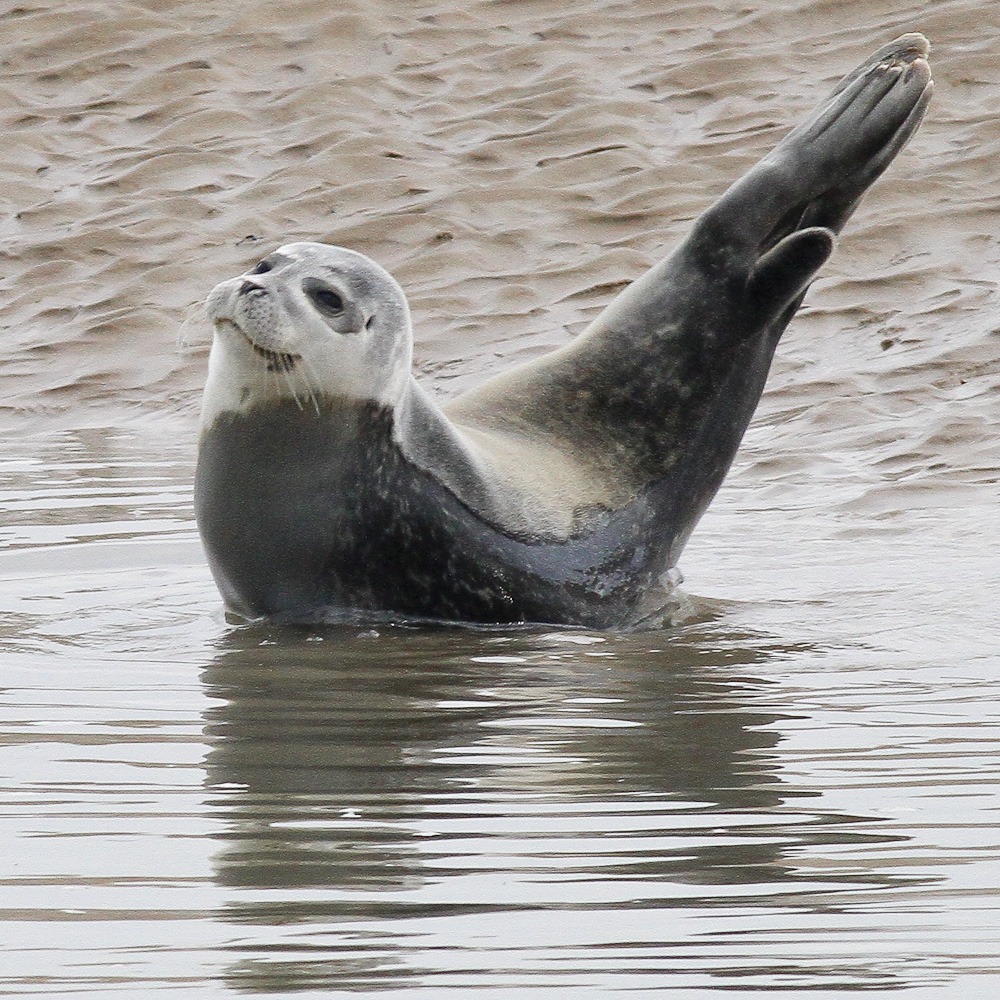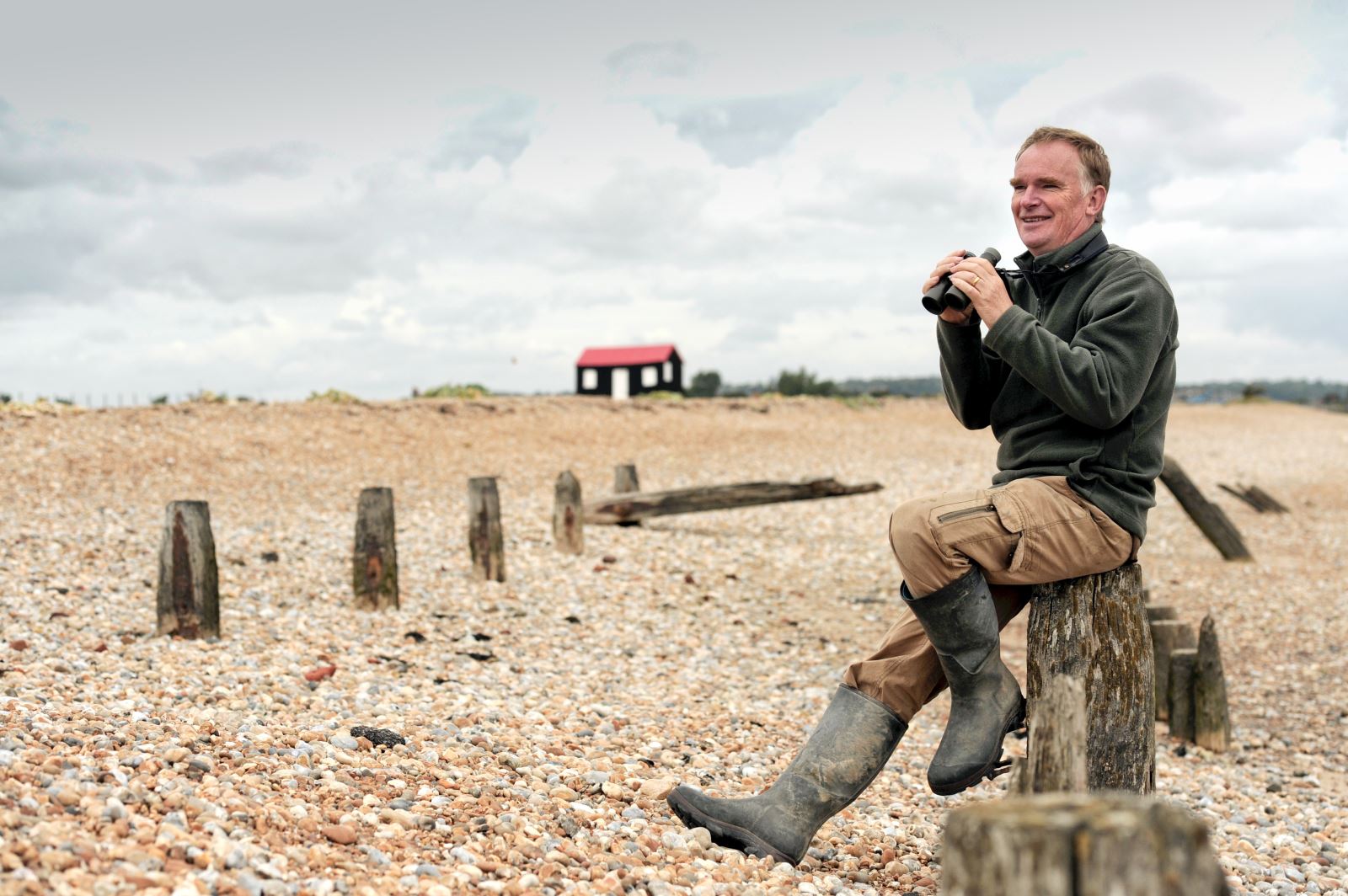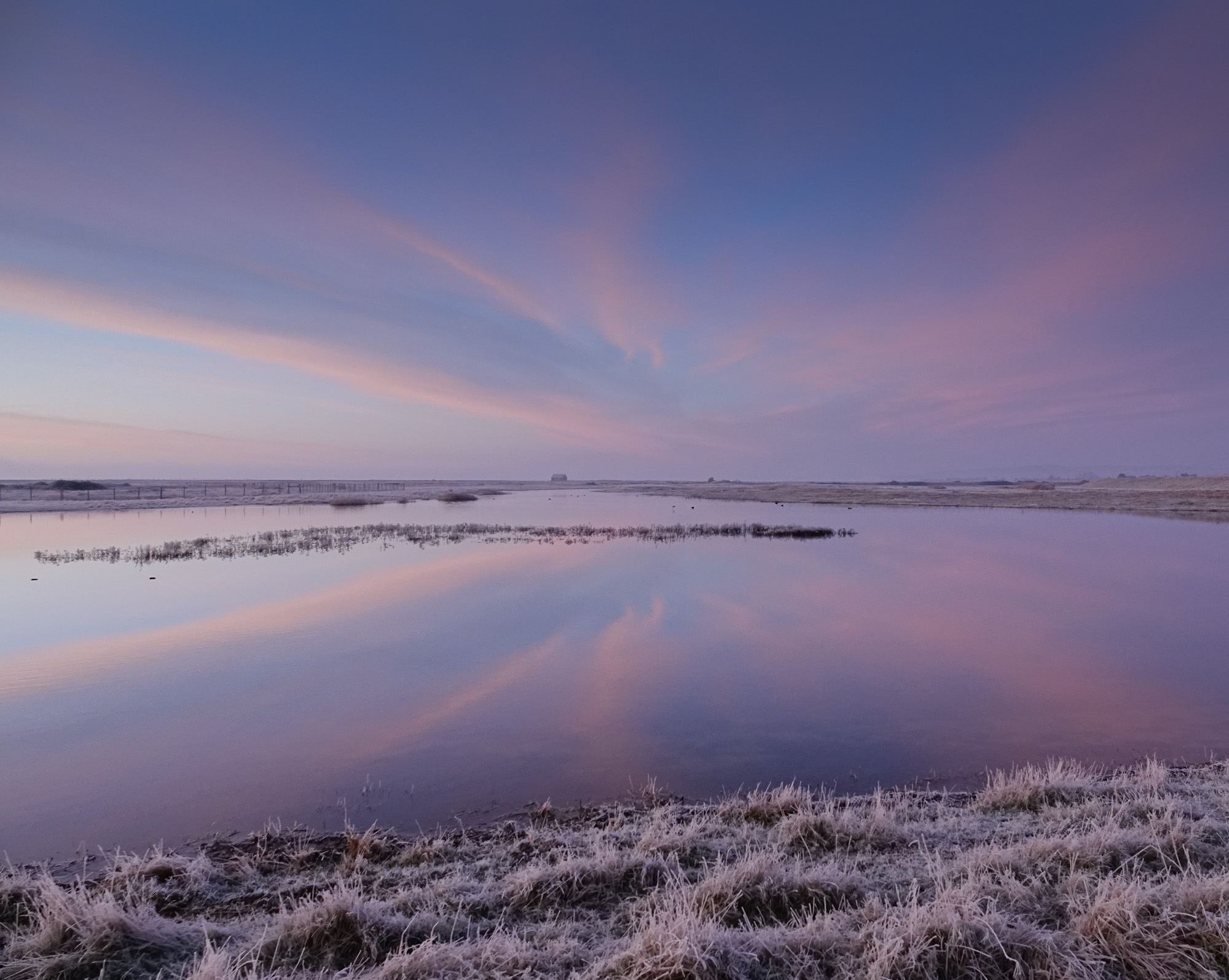Rye Harbour Nature Reserve has just celebrated its 50th anniversary, and what better time to look back over its eventful history.
Since 1970, staff and volunteers have recorded the wildlife and managed the special habitats of saltmarsh, saline lagoon, vegetated shingle, wet grassland and reedbed.
The reserve is managed by Sussex Wildlife Trust and generously supported by The Friends of Rye Harbour Nature Reserve and a range of partners including the Environment Agency.
 Staffing has increased over the years from a single summer warden to a team of five full and part time staff, which will double when the new Discovery Centre opens, thanks to funding from the National Lottery Heritage Fund. Staff are supported by a large and committed team of volunteers.
Staffing has increased over the years from a single summer warden to a team of five full and part time staff, which will double when the new Discovery Centre opens, thanks to funding from the National Lottery Heritage Fund. Staff are supported by a large and committed team of volunteers.
The land area has increased too, taking in the original Beach Reserve with the addition of privately owned land, the purchase of Castle Water by Sussex Wildlife Trust and the incorporation of Rye Harbour Farm into the reserve after the Environment Agency bought it in 2002 to build improved sea defences.
The number of birdwatching hides has increased from one small, to five large ones that are all accessible to some wheelchairs.
Electric fencing now protects the roosting and ground nesting birds, 20 hectares of reedbed habitat have been created next to the Castle Water gravel pit, along with 20 hectares of saltmarsh, new saline lagoons, ponds, scrapes and wet grassland.
None of this happens without funding, with regular contributions from The Environment Agency, Natural England, East Sussex County Council, Rother District Council, Icklesham Parish Council and, of course, the Friends of Rye Harbour Nature Reserve.
Over the past 50 years the number of breeding birds has increased to nearly 100 (that includes six waders, six gulls, six ducks, seven warblers and three terns). The saltmarsh has become a productive area for breeding Avocet and Redshank, and large flocks of wintering Golden Plover. It is also home to Sea Heath and Sea Barley flowers, as well as several scarce moths, spiders and beetles.
A large population of Stinking Hawksbeard has been re-established, after being declared extinct in the UK in the 1980s, the reedbeds at Castle Water have contributed to an amazing recovery of the UK Bittern population, and the Sussex Emerald moth has recently returned to its home county.
A new species of fly has also been discovered, which lives underground in the shingle: Megaselia yatesi, named after manager Dr Barry Yates, who has lived and worked on the reserve for 36 years.

“It has been a great privilege to manage the land and its wildlife with so many amazing people and together develop this special place into what it is today – a coastal wetland that is home to hundreds of rare plants and animals that enjoyed by many people,” says Yates.
“In terms of what I hope for the future, I hope that the reserve is still here, and grown larger, with all our special species still living here, but joined by a few new ones like Beaver and nesting Black-winged Stilts and Great White Egrets.
I would want the reserve to still be funded within a society that values its environment and the international community has managed to slow the warming climate and helped the sea to be much healthier than it is today.
I would hope that Sussex Wildlife Trust is still inspiring people to be more wildlife aware. I hope they continue to support both the Sussex Wildlife Trust and the Friends of Rye Harbour Nature Reserve, and that my grandchildren bring their grandchildren here to enjoy the coastal landscape… and remember their grandparents.
We are living in difficult times at the moment, but nature continues to be remarkable, and I’d like to thank everyone who has supported the reserve over the decades, and continues to do so.”









Comments
Comments are disabled for this post.